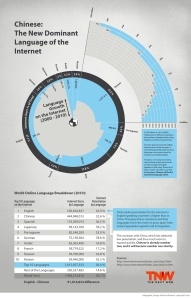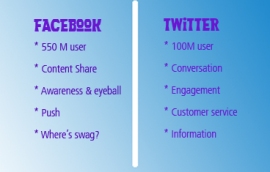Today is a day dedicating to Hallmark cards, chocolate, and bundles of roses. Yes?
Today is a day expressing your affection to those you’re in love with. Yes?
I’d say today is a day making people around you to feel your love and appreciation, for being who they are.
And it’s never too much to say “Thank you, I love you” (or “I appreciate our relationship”) even Thanksgiving was only 3 months ago. After all, we all want to be loved.
Think about what you and I can do to make a sweet Valentine’s day (without filing a chapter 11 tomorrow morning).
- What are the most valuable items of your recipient?
Oftentimes we create surveys or ask questions to understand people we care about but then we miss the opportunity to take actions by showing these people “yes, we hear you and understand your needs.” I gave my boyfriend a pair of workout gloves because he once told me that he got callus by lifting weight on a regular basis. Even though I totally let off the secret by asking his hand size, I know that is something he will find it useful. And I guess we all want to deliver the same value by providing what our recipient wants the most. - What is your delivery method?

Have you every given something but did not get the expected feedback from the recipient? If so, consider how you deliver your message. For any type of appreciation, you want to make sure you find the right voice. If you’re in a B2B company and you would like to wish customers a Happy Valentine’s Day, utilize your staffs who are constantly in contact with customers. Your best delivery channel is your staff. - Are you creative enough?
Let’s face it. We are all information overwhelmed. If you start typing “Valentine” on Google, you will find thousands of queries suggesting thousands of things whether it’s about dining location or gift selection. Among all the information we receive, only creative one stands out. I am often intrigued by creative messages coming from someone I’m totally not expected, and this year International Sign Association’s email message totally caught my intention. Do you have an event coming up? Do you have a new product launch? Consider utilizing Valentine’s Day to give your customer a sweet surprise!
- What’s beyond an exclusive Valentine’s Day?
I have seen some sites taking a step further and embracing the “pay it forward” idea by providing charity services or some very neat cause-marketing campaigns. (Read “Re-Booting Valentine’s Day for Good” from Fast Company) In a nutshell, Valentine’s Day is about love and making this world a warmer place. Yes?





